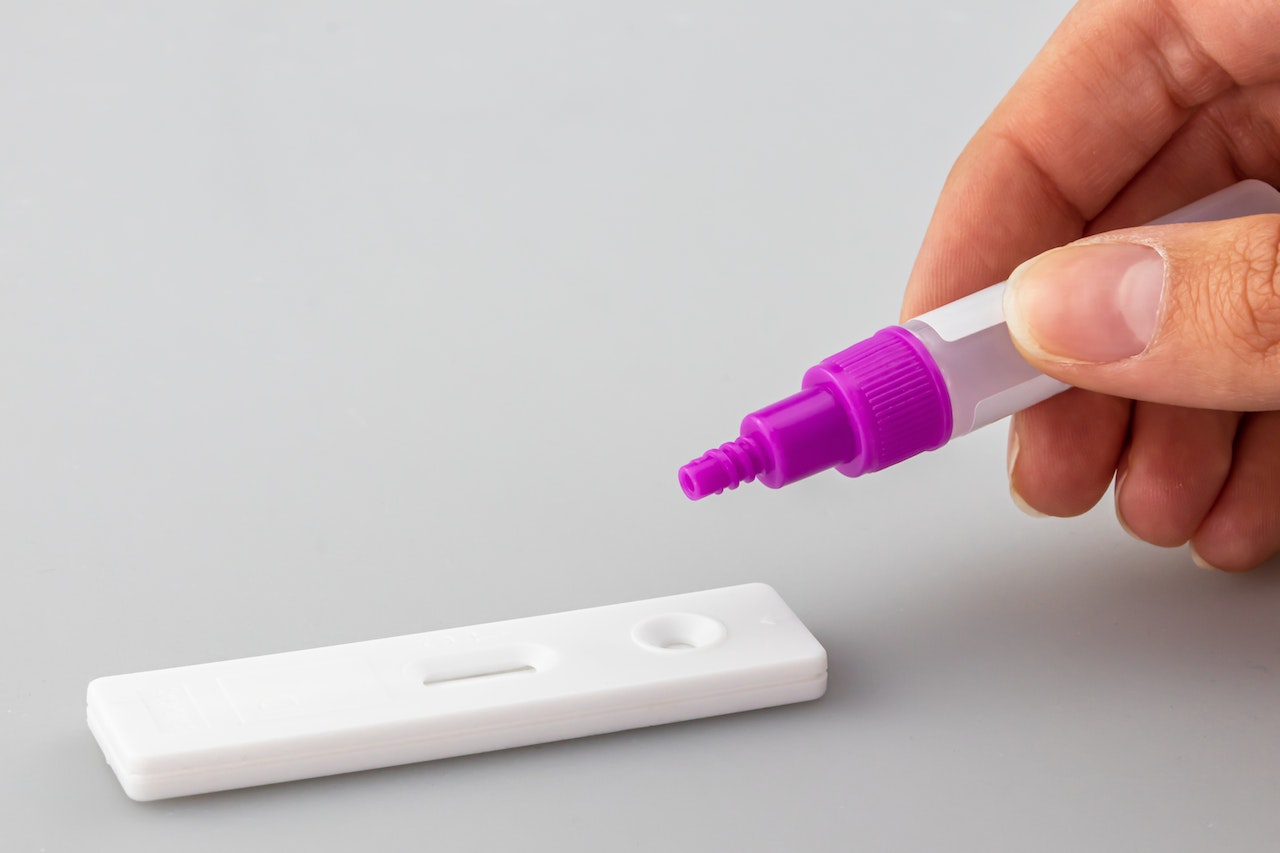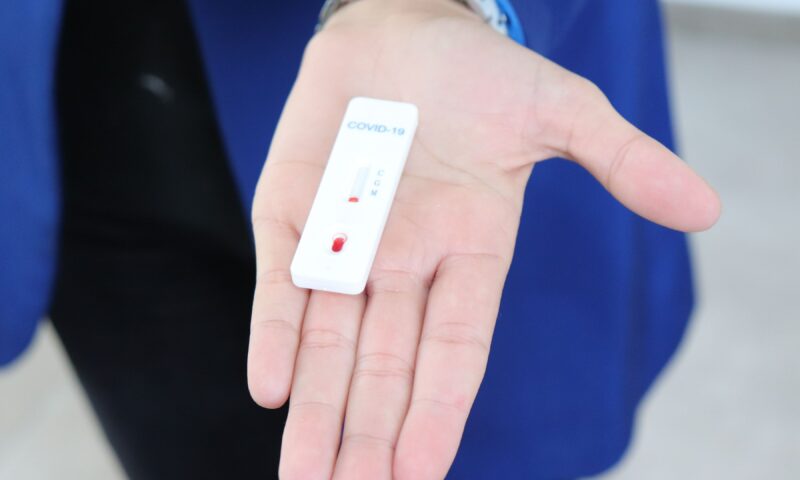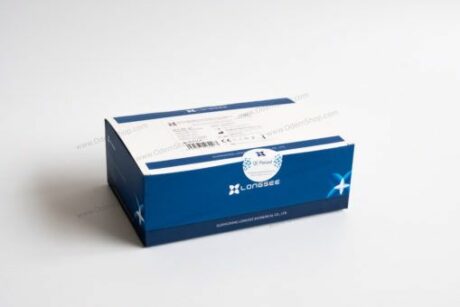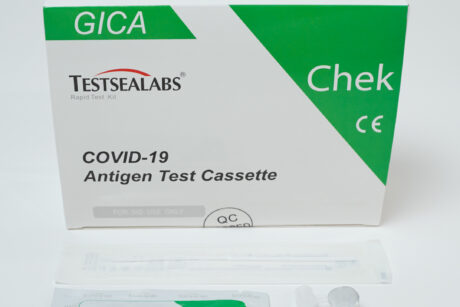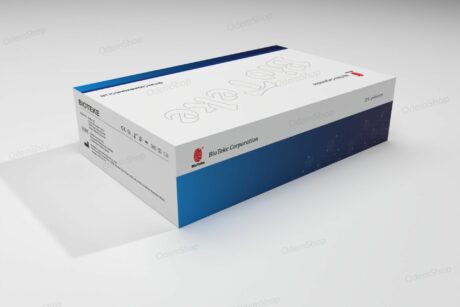The Negative Rapid Test / Coronal Test is a rapid and reliable method for diagnosing COVID-19 infection. The test consists of a nasal swab and a PCR test, both of which can detect the presence of the virus. Both tests are important in making a correct diagnosis. One advantage of the Negative Rapid Test is that it can provide results in a few minutes. However, it is important that the test is used correctly to obtain a reliable result. In this article, we will explore the reliability of the test, the different types of tests, application errors, and the result of a negative test. We will also discuss what to do if a Negative Rapid Test / Coronal Test gives an incorrect result. This article is intended to provide an understanding of how to perform a Negative Rapid Test / Coronal Test and how to interpret the result.
Reliability of the test
Test reliability is an important factor to consider when considering the efficacy of a negative test result. When it comes to coronavirus testing, the most reliable tests are PCR tests, which are performed by taking a nasopharyngeal swab to determine the presence of the virus. However, these tests are time-consuming and expensive, so they are not always practical for the general population. In contrast, rapid tests are faster and more accessible, but their accuracy is lower. Rapid tests have been known to produce false negative results, especially in people with low viral loads. Therefore, it is important to consider the accuracy of the test when evaluating a negative test.
In addition to accuracy, the way a test is performed can also affect the reliability of a negative test result. For example, some tests require a second swab to confirm a negative result. This can lead to false positive results because the virus may be present in the first swab but not in the second. If the person performing the test does not follow the correct procedure, the results may be invalid. Therefore, it is critical to ensure that the test is performed correctly to ensure a reliable result.
The accuracy of a negative coronavirus test result also depends on the amount of virus present in the sample. If very few viral particles are present, the test may not detect them, resulting in a false negative result. Therefore, it is important to ensure that the sample collected is representative of the person’s viral load. If the test is performed correctly and the sample is representative, the reliability of the negative test result increases significantly.
No proper nasal swab, no correct test result
An inadequate nasal swab can lead to unreliable test results. Therefore, it is important that trained personnel use the correct methods when performing rapid tests. An incorrect swab can lead to misinterpretation of the infection. If a self-test is performed at home, instructions must be followed carefully to obtain a reliable result.
An incorrectly performed self-test may give an unreliable result, so a repeat rapid test may be necessary. A positive test result means that the person tested must quarantine and inform affected contacts. In addition, visits to care facilities should be avoided. Proper nasal swabbing is critical for a reliable test result. Trained personnel should use the correct methods to obtain a reliable assessment of infection. It is important that the test is performed carefully in order to take the proper action.
Please watch out for application errors
It is important to consider all application errors to obtain a reliable and correct result. Use of the rapid test must be correct and in accordance with the manufacturer’s instructions and regulatory requirements. This will not only provide a reliable test result, but will also allow appropriate interpretation of a negative result.
The rapid test is intended for asymptomatic individuals who can be controlled. However, if the result is negative, an already infected person may have a weak positive PCR test result. In this case, further evaluation is required, which is possible with certain tests.
It is important that individuals with weakly positive PCR tests undergo further evaluation before an infection is confirmed. Tests with positive results must be performed to confirm infection, as is the case with some laboratory-based PCR tests. Individuals who have symptoms despite a negative rapid test must also undergo further testing to confirm or rule out infection. Therefore, it is important to observe all application errors to ensure that a reliable and correct result is obtained. This is a basic requirement to allow appropriate and correct interpretation of a negative result and to effectively confirm or rule out infection. In this way, the results of the rapid test can be correctly interpreted in order to take further action.
Only a few viruses were taken during the test
If one has only a limited amount of the virus, a negative test result may not only mean that the person is not infected. It can also mean that too few viruses were taken to give a positive result. Such cases can be avoided by performing the evaluation according to the instructions of the Robert Koch Institute and the Professional Association of German Laboratory Physicians. This includes proper performance of the test by trained personnel and the use of high-grade, high-quality tests.
To ensure that a reliable result is obtained, the test must be performed correctly and the symptoms must be evaluated correctly. In addition, it is of great importance that the test is performed by appropriately trained personnel. Furthermore, only tests of high quality and with appropriate standards should be used.
A negative result is only reliable if sufficient viruses are collected during the test. Therefore, it is important to perform a reliable test. To ensure that this is achieved, the correct performance of the test and the use of high quality tests must be considered. Furthermore, the symptoms must be evaluated correctly. This will allow reliable results to be obtained, even with low levels of virus.
To obtain a reliable result, all these factors must be taken into account. In this way, reliable results can be obtained even with small amounts of virus without the risk of a wrong diagnosis. This is an important factor in ensuring that individuals who are not infected do not receive a false positive result.
Omicron and delta are usually no longer contagious after six days
Virus growing Omicron and Delta types are usually not considered contagious after six days. The reason for this is that the viral load is very low after six days if the test result is positive. This means that the probability of infection after a positive test result after six days is very low due to the low viral load. Therefore, testing after six days is only useful if there are cases where symptoms in tested individuals are not consistent with a high viral load. In such cases, it may be useful to test trained individuals in care facilities to obtain an accurate picture of the infection situation. However, this is only possible if tests of different quality are used, as tests with a low viral load are not reliable. It is therefore important to use tests that are specifically designed to detect infectious individuals in order to obtain an accurate and reliable result. By selecting the right tests, it is possible to minimize the number of positive test results and ensure accurate monitoring of infections in care facilities. By using different testing methods, even individuals with a low viral load can be identified and treated to prevent further spread of the virus.
Based on these findings, it is important that individuals with appropriate symptoms are also tested after six days to provide an accurate picture of the infection situation. In this way, individuals with a high viral load can be identified and treated to prevent further spread of the virus. It is therefore important to use tests of different quality to obtain an accurate and reliable result. Therefore, in order to obtain an accurate picture of the infection situation, it is important that individuals with appropriate symptoms are also tested after six days. In this way, effective surveillance and treatment can be ensured in care facilities and other institutions.
Lines are critical
A thorough review of federal Department of Health instructions is critical to ensure reliable and effective diagnosis and treatment of COVID-19. Oliver Keppler, professor of medicine, emphasized that careful evaluation of the lines in the Bacterial Protein Test (also known as Sarscov Rapid Antigen Tests) is critical to obtain a reliable diagnosis. The evaluation is done by laboratories that are responsible for accurate and precise evaluation of a possible infection. If the test result is negative, it can be assumed that there is no infection. However, it is possible that if the lines are evaluated inaccurately, there may be a false positive result. Therefore, it is important to consider the test claims to obtain a reliable result.
It is important to note that Sarscov antigen rapid tests are a screening tool and do not guarantee 100% accuracy. Therefore, it is important that laboratories perform a thorough evaluation to obtain reliable result. It is also important that laboratories closely follow the instructions of the Federal Ministry of Health in order to obtain a correct result.
Therefore, the laboratories are crucial to obtain reliable result. It is important that laboratories follow the instructions of the Federal Ministry of Health when evaluating the lines in the Bacterial Protein Test. Only in this way can reliable results be obtained. In addition, it is significant to follow the requirements of the test to ensure that the result is correct and reliable. In this way, reliable and effective diagnosis and treatment of COVID-19 can be ensured.
False positive or negative?
False-positive or false-negative results of the test can occur due to application errors that make it difficult to interpret the result correctly. Currently, antigen tests that check for a specific antigen-antibody response are the main tests used. These tests are prone to errors if not performed properly. Some of the application errors that can lead to false positive or negative results include inadequate test kits, poorly prepared specimens, poorly trained personnel, and sun-heated tests. In addition, false results can also result from inadequate testing information or mix-ups of test specimens from an infected person.
Some manufacturers offer self-tests that can be easily performed at home. These tests may vary by manufacturer and test kit. Therefore, it is important that the user carefully follow the manufacturer’s instructions before performing the test to obtain a reliable result. Users should also be aware that results may be false-positive or false-negative if the manufacturer’s instructions are not followed.
Therefore, it is essential for users to be wary of application errors when performing tests. Some of the most common errors include poor quality, poorly prepared specimens, poorly trained personnel, and sun-heated tests. By following these simple steps, users can ensure that the results of the test provide accurate results.
Conclusion
A negative coronary test is important to prevent infection and deterioration of health. However, the test is not always reliable because sufficient viruses cannot always be collected to provide a correct result. In some cases, the viruses may still be contagious for six days or more, and a PCR test may still give a positive result in other cases, even after a negative rapid test. It is important that users follow proper procedures to avoid erroneous results. If a negative result is obtained, all necessary precautions should still be followed.
If you are looking for Corona rapid tests for laymen as well as for professional use that comply with European standards then you are in the right place! Here you will find our range of different Coronatests. Click here to go to our product categories.
FAQ
How Reliable are Negative Rapid Test Results?
Negative rapid test results are usually reliable, but there is always a certain residual risk of false negative results.
How Long Does a Negative Rapid Test Result Remain Valid?
The validity period of a negative rapid test result can vary depending on the policies of the specific facility or country. Generally, it is 24 to 48 hours.
Can a Negative Rapid Test Completely Rule Out Infection?
No, a negative rapid test cannot completely rule out infection. There is always some risk of false negative results, especially if the test subject was tested shortly before or after infection.
Can I Feel Safe After a Negative Rapid Test?
A negative rapid test provides some reassurance, but it is important to continue to follow precautions such as wearing masks, spacing yourself, and washing your hands regularly.
Is a negative rapid test sufficient for all situations?
Requirements may vary depending on the situation. In some cases, such as traveling or attending events, additional testing requirements may apply regardless of a negative rapid test.
Can Rapid Tests Give False Negative Results?
Yes, rapid tests can give false negative results in rare cases, especially when the viral load in the body is still low. It is recommended to get tested regularly to minimize the risk.
What Should I do if I have Symptoms Even Though My Rapid Test Was Negative?
If you have symptoms that indicate possible infection, regardless of the negative rapid test result, you should immediately go into home isolation and see a doctor or testing center for another test.
How can I Ensure that a Negative Rapid Test is reliable?
Make sure the rapid test is from a qualified provider and is performed correctly by trained personnel. Follow the instructions carefully and read the results within the specified time period.
What are the Possible Reasons for a False Negative Result on a Rapid Test?
A false negative result can be due to several reasons, such as a low viral load at the beginning of the infection, improper specimen collection or processing, or a faulty test.
You might also be interested in
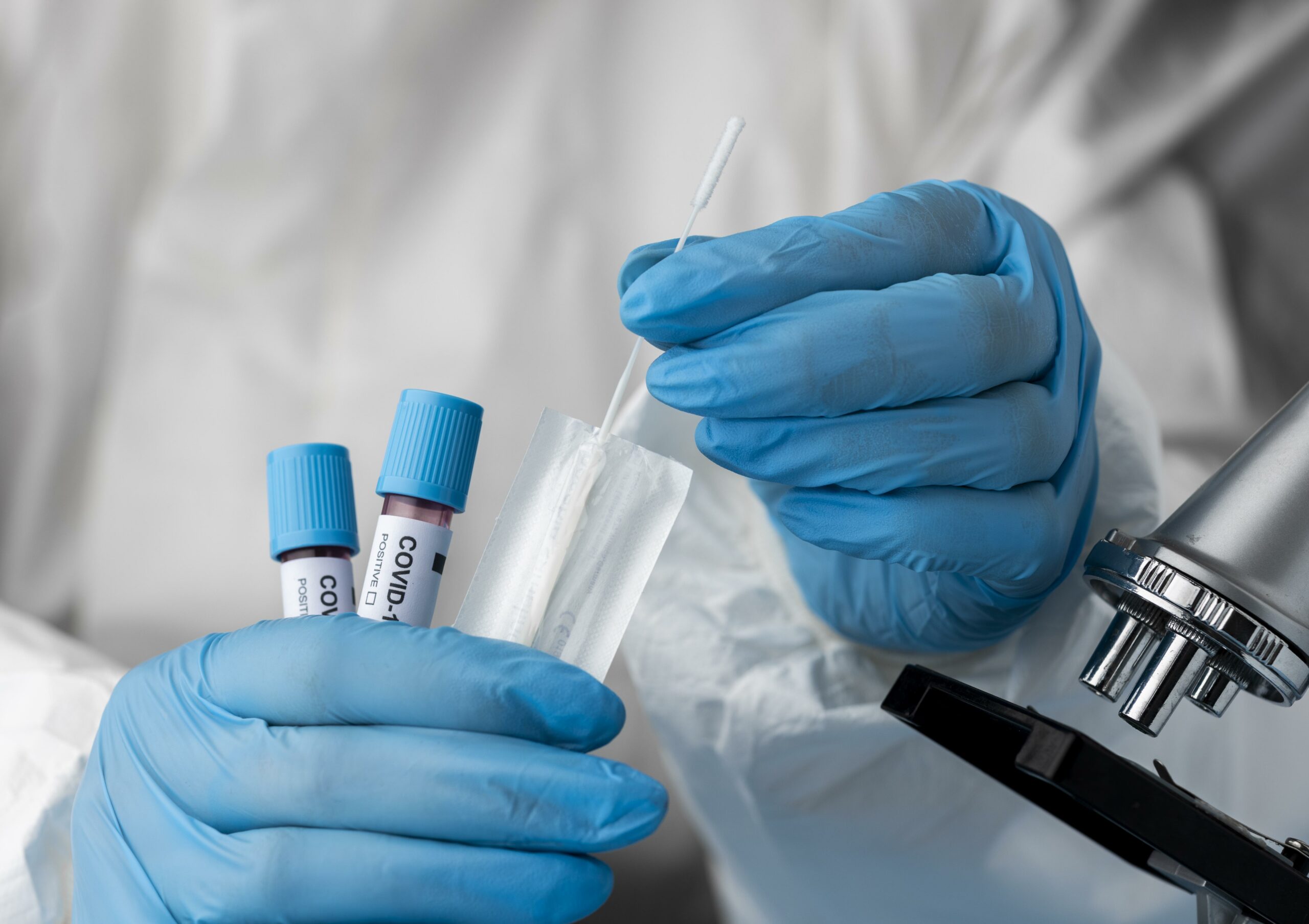
Positive Rapid Test / Coronal Test
